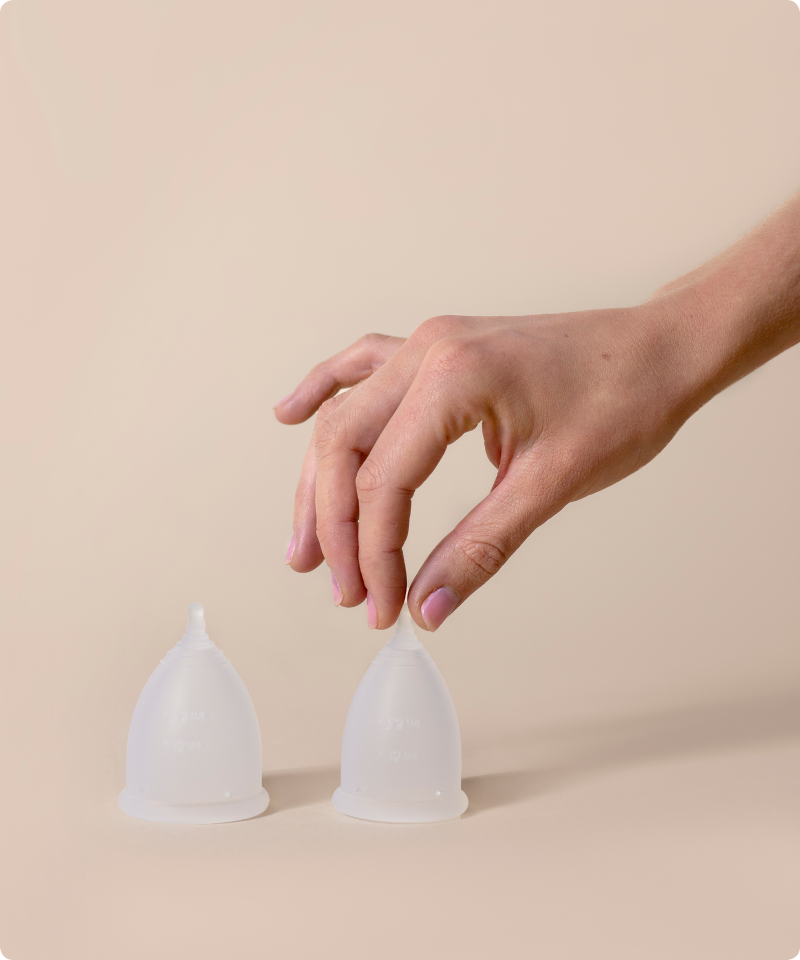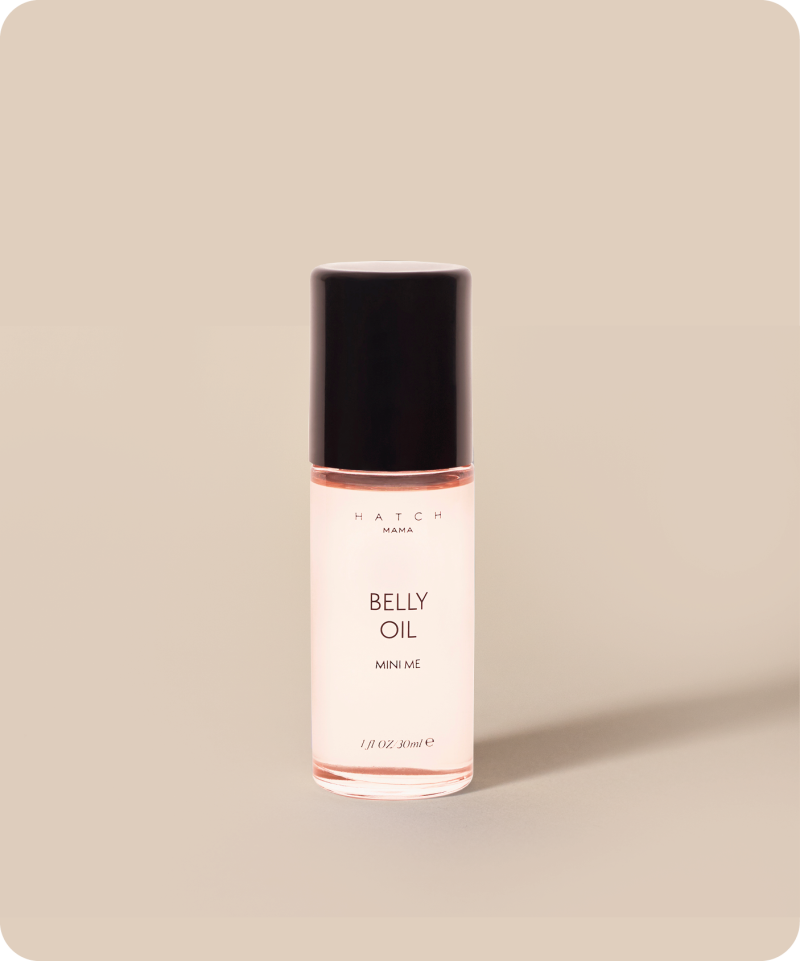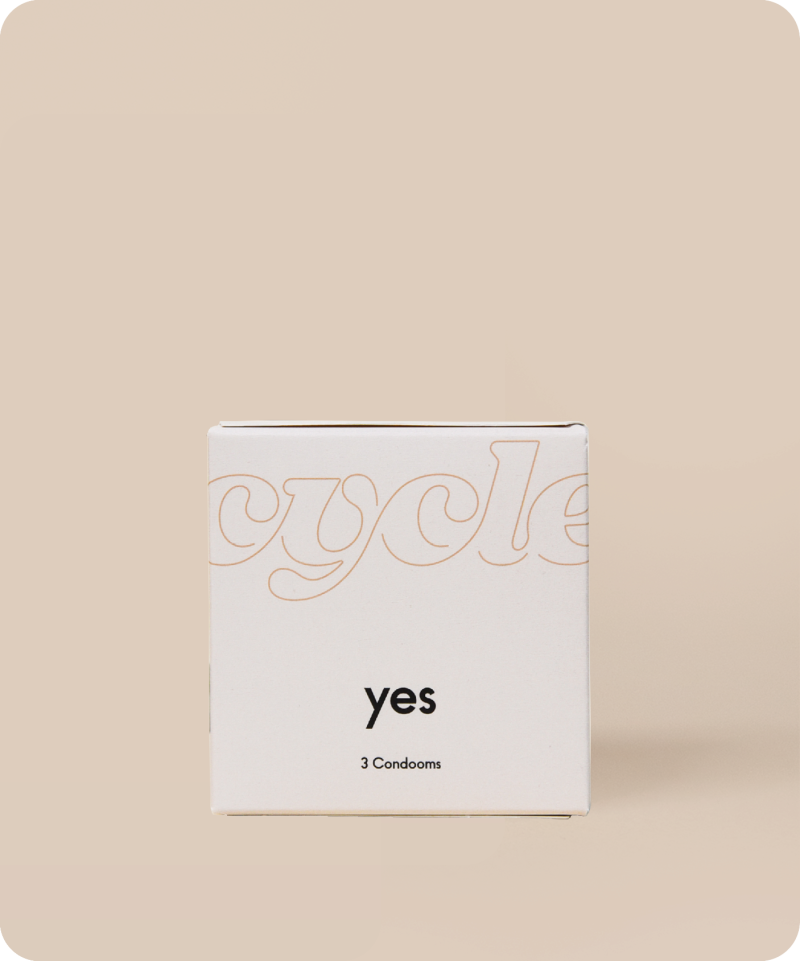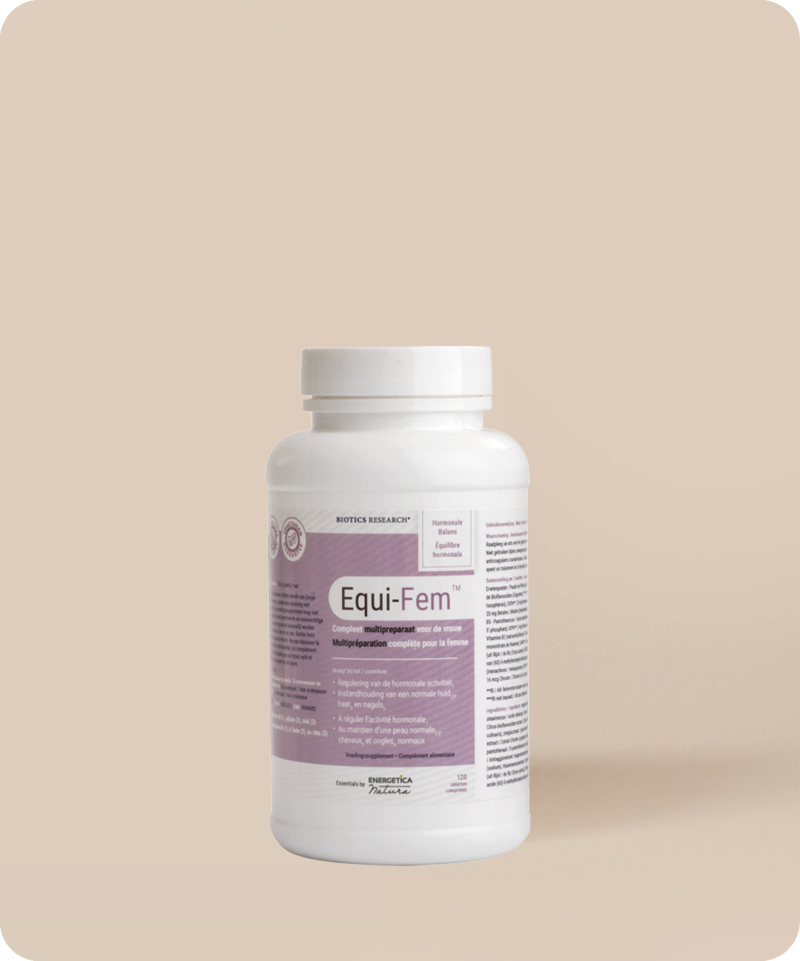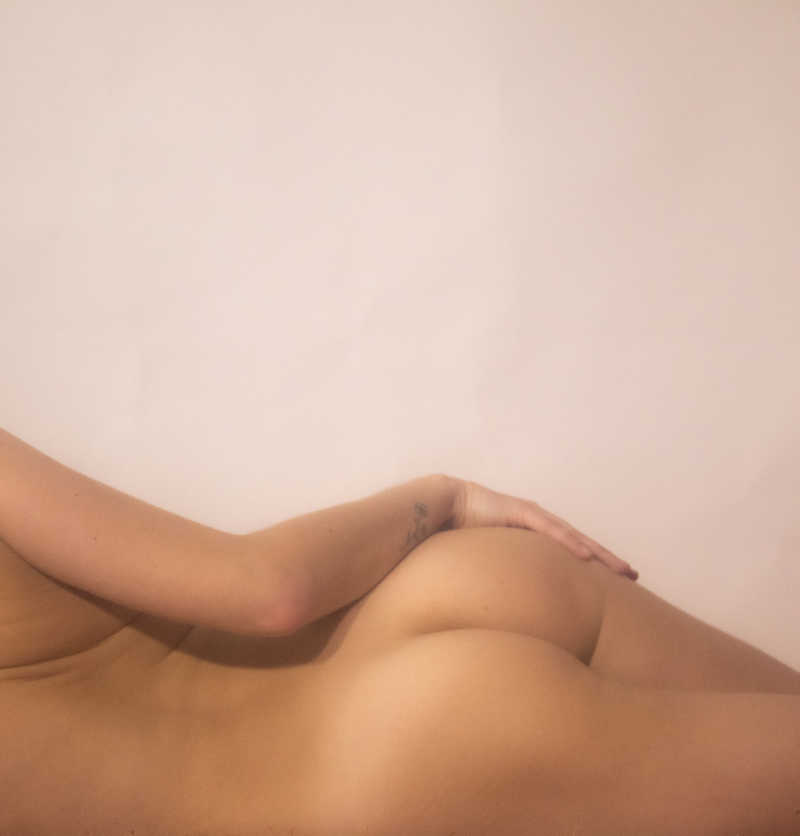The contraceptive ring (nuvaring)
Approved by
The contraceptive ring
What does the information leaflet say?
What is it?
The contraceptive ring (NuvaRing) is a bendable, plastic ring that contains hormones, which you place deep inside your vagina using one of your fingers. You’ll be able to wear it for three weeks straight, after which you’ll have to take it out. Two or three days later, you’ll get your withdrawal bleeding. Between four and seven days after taking the old one out, you’ll insert a new ring, even if you’re still having withdrawal bleeding.
How does it work?
The contraceptive ring is a so-called combined low-dose hormonal contraceptive. It contains two types of female sex hormones (estrogen and progesterone), which are slowly deposited into the blood. The ring works just like the combination pill, and prevents ova from being released from the ovaries. If an ovum is unexpectedly released, it cannot nestle into the uterus. The hormones also make it more difficult for sperm cells to enter the uterus.
Types
The vaginal ring is available under the names NuvaRing, Ornibel and SyreniRing, and the brandless version of it is called Etonogestrel/Ethinylestradiol. The Ornibel, SyreniRing, and the brandless variant are slightly cheaper than the NuvaRing, but they work in the exact same way.
Dependability
If used properly, the ring is just as dependable as the pill, which makes the chance of getting pregnant around 0.7%. But it’s a finicky thing: if you’ve inserted the ring at 10 in the morning on a Wednesday, it’s important that you also take it out again on a Wednesday around that same time. If you insert a new ring a week later, and you’re more than 3 hours too late in doing so, it’ll be less dependable. So, this form of contraception is truly only for people who are good at planning ahead. In reality, most people aren’t, which is why 7 out of every 1000 women who’ve used the ring for a year get pregnant.
Where do you get it?
In the Netherlands, the contraceptive ring is available at the pharmacy. You’ll first have to get a prescription for it. After that first prescription, you’ll be able to get a repeat prescription from the pharmacy.
Cost
In the Netherlands, the ring costs between €13.30 and €15 euro per month. Up to the age of 18 it’ll be reimbursed by basic insurance. If you are between 18 and 21, you’ll pay for contraceptives from your own risk deductible. From the age of 21 upwards, contraceptives are only reimbursed by additional insurance that covers contraception. No additional insurance? Then you have to pay for the contraceptives yourself. An exception to this rule is when you use the ring for the treatment of endometriosis or menorrhagia.
Advantages
You’ll only have to think about contraceptives once (without a ring-free week) or twice (with a ring-free week) a month. That’s a disadvantage at the same time: you can forget to insert a new ring after the ring-free week, after which you’ll be pretty screwed. Besides that, you’ll be able to plan your withdrawal bleeding relatively exactly, or choose to skip it by not having a ring-free week. Another advantage is that the ring will continue to be dependable if you throw up or have diarrhea.
Side effects
Over 10% of all users report the following side effects:
Fungal infection of the vagina (such as thrush), vaginal discomfort, itching, discharge;
Weight gain;
Mental disorders: depression, less of a desire to have sex;
Nervous system: headache or migraine;
Stomach and intestines: abdominal pain, nausea;
Skin: acne;
Breasts and genitals: sore breasts, pelvic pain, painful menstruation;
General issues: losing the ring.
Contraindications
The use of the ring is strongly discouraged if you have hepatitis C and use medication that contains ombitasvir/paritaprevir/ritonavir or dasabuvir to treat it. If you’re pregnant, or suspect that you might be, you’re also not allowed to use the ring.
Mental
Depressive feelings are a frequently mentioned side effect of the use of the contraceptive ring, as well as occasionally irritability, mood changes, mood swings and PMS. If you notice that you start to suffer from these symptoms because of the ring, discuss this with your GP.
Last but not least
Sometimes, your bed partner will be able to feel the ring. That isn’t necessarily dangerous, but if you consider it to be a nuisance, you can take the ring out during or right before having sex. Do be sure to reinsert it within three hours, since this contraceptive method won’t be dependable anymore if you don’t. And be warned: the contraceptive ring doesn’t protect against STDs.
You can also accidentally lose the ring, for example if you haven’t inserted it deep enough, if you’re removing a tampon, during sex, or if you push too hard while pooping. It may also happen if you have a prolapsed cervix. So, it’s important that you regularly check if the ring is still in its place.











